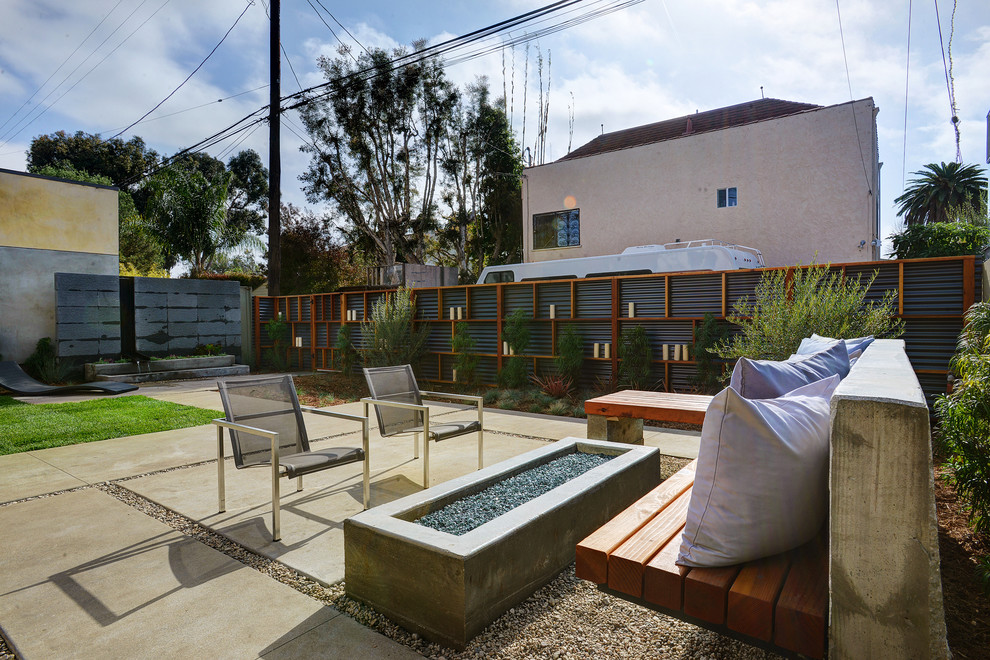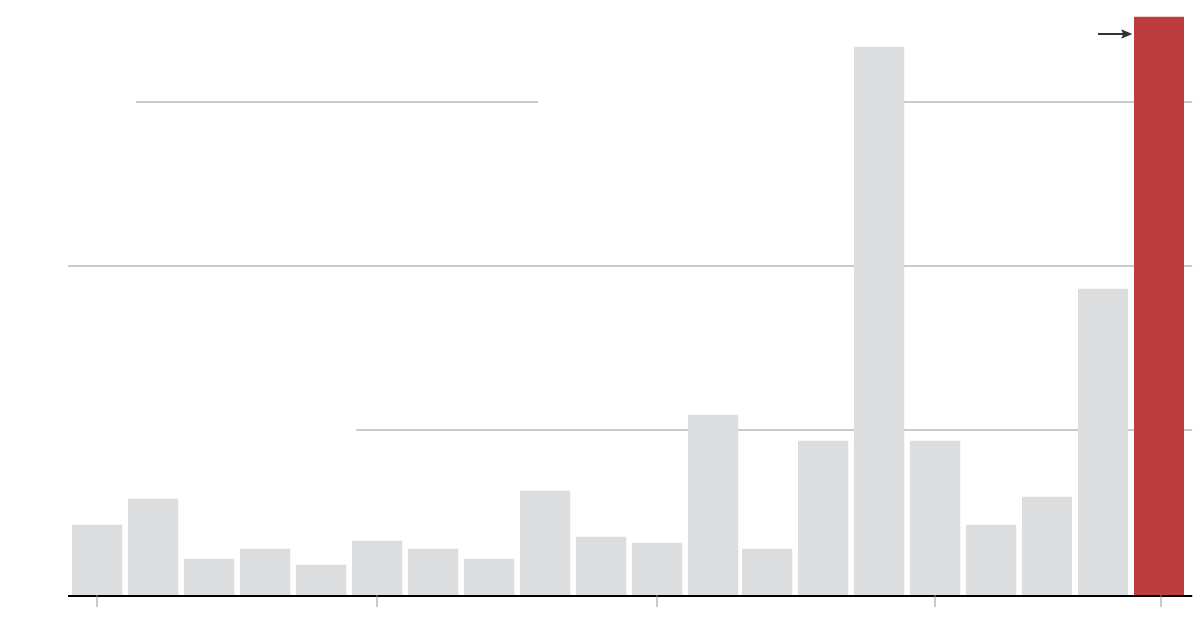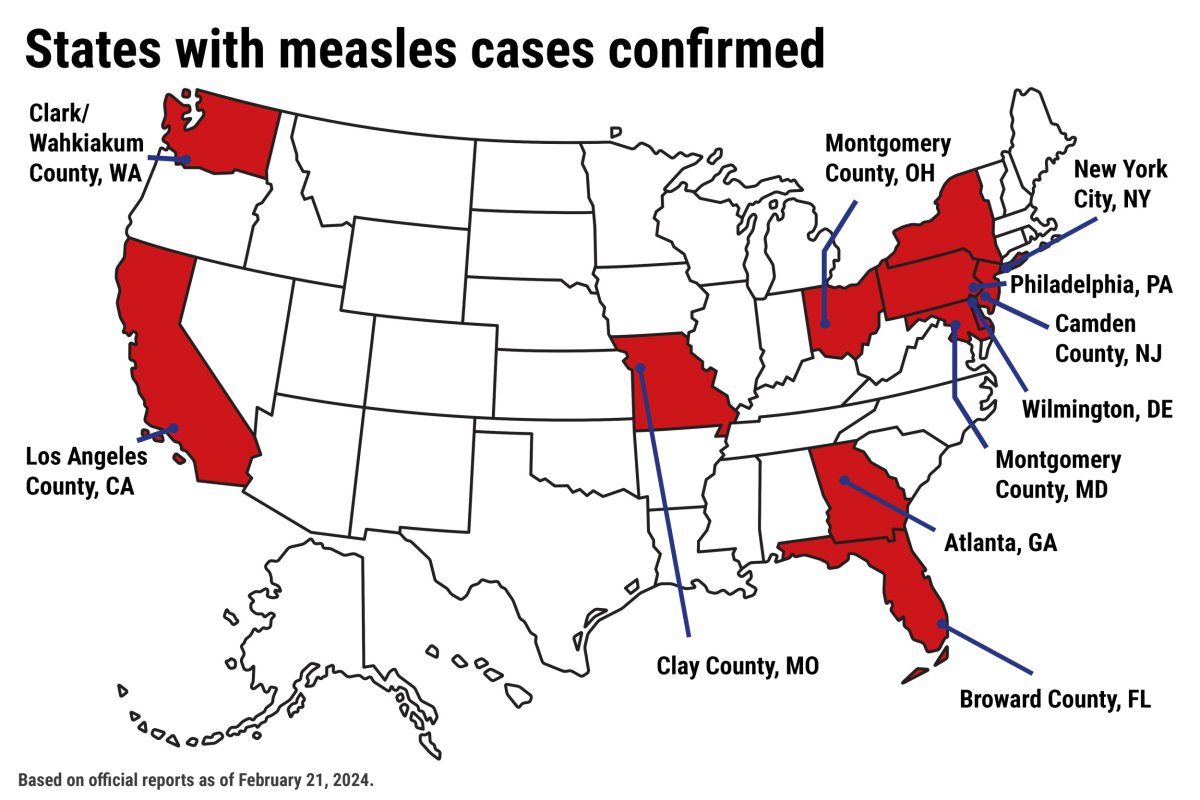Guide To Building A Durable And Beautiful Living Fence

Table of Contents
Planning Your Living Fence
Before you even touch a shovel, meticulous planning is key to a successful living fence. This section covers crucial aspects to consider before planting.
Choosing the Right Plants
Selecting the right plants is paramount for a thriving and attractive living fence. Your choice should reflect your climate, soil type, desired height, and aesthetic preferences. Consider these popular options:
- Leyland Cypress: A fast-growing evergreen known for its dense foliage, providing excellent screening and windbreaks. Ideal for creating a quick, tall privacy hedge.
- Arborvitae: This versatile evergreen offers a wide variety of sizes and colors, boasting excellent tolerance to various conditions. Perfect for formal or informal living fences.
- Holly: An evergreen shrub with beautiful berries, offering year-round visual interest and a natural barrier. Consider the thorny varieties for added security.
- Privet: A highly adaptable shrub, privet is versatile and thrives in various climates and soil types. It's a great choice for beginners.
Remember to research plants native to your area for optimal growth and minimal maintenance.
Site Preparation
Proper soil preparation is crucial for a healthy living fence. Take these steps to ensure your plants thrive:
- Soil Testing: Test your soil's pH level. Most plants prefer slightly acidic to neutral soil (pH 6.0-7.0). Amend the soil with lime to raise the pH or sulfur to lower it, if necessary.
- Weed Control: Clear the area of all weeds, grass, and existing vegetation. Use a herbicide or manual removal to ensure no competition for your new plants.
- Site Marking: Use string and stakes to clearly mark the location of your living fence. This ensures straight lines and accurate spacing between plants.
Fence Design Considerations
Consider these factors to ensure your living fence meets your expectations:
- Plant Spacing: Spacing depends on the mature size of your chosen plants. Follow the recommended spacing on the plant tags or consult a nursery professional. Close spacing creates a denser fence faster but may require more frequent pruning.
- Height and Width: Determine the desired height and width of your living fence. This will impact plant selection and the overall aesthetic.
- Landscape Integration: Consider how your living fence will integrate with your existing landscaping. Choose plants that complement your garden's style and color scheme.
Planting and Initial Care
Once your planning is complete, it's time to plant and provide initial care.
Planting Techniques
Proper planting techniques are crucial for the success of your living fence:
- Digging Holes: Dig holes twice as wide and as deep as the root ball of each plant. This allows the roots to spread easily.
- Soil Amendment: Amend the soil in each hole with compost or other organic matter to improve drainage and fertility.
- Thorough Watering: Water each plant thoroughly after planting to settle the soil around the roots.
Watering and Fertilizing
Regular watering and fertilizing are vital, especially during the first year:
- Watering: Water deeply and regularly, especially during dry periods. Consider using a drip irrigation system for efficient water delivery.
- Fertilizing: Apply a slow-release fertilizer according to package instructions to provide sustained nutrient release. This reduces the frequency of fertilizing and minimizes environmental impact.
Maintenance and Ongoing Care
A little ongoing care ensures your living fence remains healthy and beautiful for years.
Pruning and Shaping
Regular pruning is essential for maintaining the shape and density of your living fence:
- Trimming: Trim overgrown branches to maintain the desired shape and height. Regular pruning encourages bushier growth.
- Deadwood Removal: Remove any dead, diseased, or damaged branches to prevent the spread of disease and maintain the fence's health.
- Shaping: Shape the fence to your desired profile, whether formal or informal. This enhances the aesthetic appeal and keeps the fence looking its best.
Pest and Disease Control
Regularly inspect your living fence for signs of pests or diseases:
- Pest Monitoring: Monitor for common pests such as aphids, spider mites, or borers. Use natural pest control methods whenever possible, such as insecticidal soap or neem oil.
- Disease Prevention: Ensure good air circulation to prevent fungal diseases. Remove and dispose of any diseased plants promptly to prevent the spread of infection. Consult a local arborist if you suspect a serious disease problem.
Choosing the Right Materials and Tools
Success hinges on the right tools and plant choices.
Selecting Strong, Durable Plants
Prioritize plant species known for their hardiness and longevity in your region. Research your local climate and soil conditions to ensure you select plants that will thrive.
Essential Tools for Planting and Maintenance
Gather these essential tools for a smooth installation and long-term care:
- Shovel: For digging planting holes and amending the soil.
- Post hole digger: If you need to install support posts for a taller living fence.
- Pruning shears: For maintaining the shape and size of your living fence.
- Watering can or irrigation system: For efficient and consistent watering.
Conclusion
Building a durable and beautiful living fence is a rewarding project that enhances your property's value and curb appeal. By carefully selecting plants, preparing the site properly, and implementing a consistent maintenance plan, you can enjoy the benefits of a thriving, natural boundary for years to come. Start planning your own living fence today, and transform your landscape with this stunning and sustainable addition! Remember to choose the right plants for your specific needs and climate when creating your beautiful, durable living fence. Get started on your living fence project now!

Featured Posts
-
 De Ajax Trainer Zoektocht Focus Op Arne Slot
May 29, 2025
De Ajax Trainer Zoektocht Focus Op Arne Slot
May 29, 2025 -
 Wie Moet Ajax Aanstellen Van Hanegem Geeft Advies
May 29, 2025
Wie Moet Ajax Aanstellen Van Hanegem Geeft Advies
May 29, 2025 -
 Spring Valleys 88 36 Rout Of Spring Mills Game Recap And Highlights
May 29, 2025
Spring Valleys 88 36 Rout Of Spring Mills Game Recap And Highlights
May 29, 2025 -
 Putins War Economy A Retooled Russia
May 29, 2025
Putins War Economy A Retooled Russia
May 29, 2025 -
 Report Space X Successfully Launches 27 Starlink Satellites
May 29, 2025
Report Space X Successfully Launches 27 Starlink Satellites
May 29, 2025
Latest Posts
-
 Measles Cases In The Us A Slowdown Explained
May 30, 2025
Measles Cases In The Us A Slowdown Explained
May 30, 2025 -
 Vaccine Packaging Market A Rapidly Expanding Industry
May 30, 2025
Vaccine Packaging Market A Rapidly Expanding Industry
May 30, 2025 -
 Update 1 046 Measles Cases Confirmed In The Us Indiana Outbreak Resolved
May 30, 2025
Update 1 046 Measles Cases Confirmed In The Us Indiana Outbreak Resolved
May 30, 2025 -
 Slight Increase In Us Measles Cases Total Reaches 1 046
May 30, 2025
Slight Increase In Us Measles Cases Total Reaches 1 046
May 30, 2025 -
 The Return Of Measles Examining The Kansas Outbreak
May 30, 2025
The Return Of Measles Examining The Kansas Outbreak
May 30, 2025
